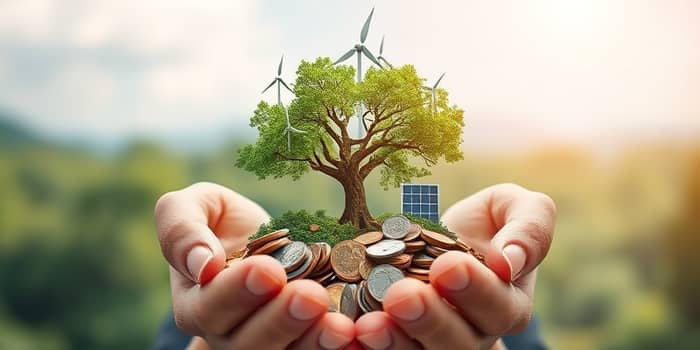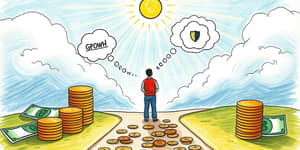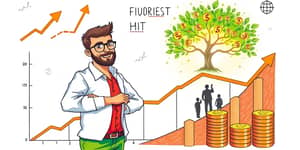In an era defined by climate uncertainty and social challenges, investors worldwide are realigning capital toward more conscious, purpose-driven opportunities. Sustainable investing, once a niche pursuit, now commands center stage as both a performance driver and a mechanism for positive change.
By 2025, the sustainable finance landscape has matured dramatically, with global markets recognizing the imperative to balance profit and planet. This article delves into the key themes, regional priorities, performance data, strategic approaches, regulatory dynamics, and future opportunities that define the green investment frontier today.
Understanding Sustainable Investing in 2025
Sustainable investing encompasses a spectrum of approaches, from ESG (Environmental, Social, Governance) integration and impact investing to exclusionary screens and thematic strategies. At its core lies a commitment to align capital with broader societal goals, including climate action, social equity, and responsible governance.
Nearly 90% of investors globally report an interest in sustainable options for both returns and impact. Moreover, the Sustainable finance market grew to over $8.2 trillion in 2024, underscoring the market momentum and investor interest that drives innovation in this field.
Major Themes Driving Green Investments
As we navigate 2025, several dominant themes attract capital and attention:
- Climate adaptation and resilience: Financing water management, sustainable agriculture, and catastrophe insurance to withstand extreme weather.
- Nature and biodiversity: Aligning with the Global Biodiversity Framework and preparing for TNFD disclosures.
- Clean energy and electrification: Investing in renewables, electric vehicles, smart grids, and supporting infrastructure.
- Efficiency and circularity: Optimizing industry processes, green buildings, recycling, and circular economy models.
- cutting-edge AI-driven environmental-tech solutions: Allocations to green hydrogen, carbon capture, and advanced battery research.
Regional Priorities and Market Flows
Geography shapes sustainable strategies as much as sector focus. In Europe, regulators continuously expand green taxonomies to include biodiversity and social factors, reinforcing decarbonization efforts and the circular economy. In North America, emissions reduction, sustainable infrastructure, and low-carbon technologies dominate fund inflows.
Asia has emerged as a powerhouse of responsible finance, with sustainable bond issuance reaching $918 billion by year-end 2024. Driven by South Korea, Taiwan, and Thailand, the region showcases resilient sustainable fund inflows even amid global volatility.
Performance Metrics and Financial Outcomes
Sustainable funds have begun to outshine their traditional counterparts, particularly in the clean energy sector. Clean energy equities outperformed fossil fuel stocks in the first half of 2025, demonstrating that impact and returns can go hand in hand.
Even under political pressure and heightened scrutiny, sustainable fund outflows remained minimal, at just 0.3% of assets in Q1 2025. Robust asset-owner sentiment and regulatory commitments underpin this stability.
Strategic Approaches for Investors
Successful sustainable portfolios blend multiple strategies to capture value and impact:
- ESG integration, adopted by 81% of investors, embeds non-financial factors into decision-making.
- Exclusionary screening, used by 75%, avoids industries like tobacco and controversial weapons, with fossil fuels leading negative screens.
- Stewardship and active engagement, covering 79% of US market assets, hold companies accountable to sustainability pledges.
- Innovations in sustainable financing models: Green bonds, transition bonds, and blended finance structures expand capital access.
Navigating Regulatory Shifts and Headwinds
Regulation in 2025 is a tapestry of regional approaches. Europe tightens disclosure requirements and combats greenwashing, while the US debates policy reversals amidst political polarization. Globally, harmonization remains elusive, and investors face demands for transparent, high-quality data.
Political backlash and economic uncertainty pose challenges, yet the underlying demand for sustainability-aligned portfolios endures. Vigilance is critical; robust frameworks and clear reporting separate credible initiatives from mere marketing.
Seizing Forward-Looking Opportunities
Looking ahead, emerging technologies and data analytics promise to elevate impact measurement. AI-driven ESG analytics enable deeper insights, while alignment with SDGs such as SDG 13 (Climate Action) and SDG 7 (Affordable Clean Energy) identifies future leaders.
Nature-based solutions and biodiversity investing are upscaling through innovative mechanisms like nature performance bonds and carbon markets linked to ecosystem restoration. These avenues unlock fresh potential for investors seeking measurable outcomes.
Building a Resilient Sustainable Portfolio
Crafting a durable, green portfolio begins with clear objectives and rigorous processes. Define your impact goals, diversify across themes and geographies, and integrate ESG factors into security selection.
Engage actively with issuers to reinforce commitments, and leverage thematic funds to access niche opportunities in clean technology and nature-based solutions. Monitor performance using standardized metrics and adapt your approach to evolving regulations and market conditions.
Over the long term, sustainable strategies transition from optional extras to core risk management tool and drivers of alpha. A patient, disciplined approach aligns financial goals with planetary boundaries and social well-being.
Conclusion
Investment Imperatives in 2025 demand a fusion of financial acumen, regulatory awareness, and a resolute commitment to positive impact. By embracing long-term risk management perspective and capitalizing on burgeoning themes—from biodiversity to AI-enabled climate solutions—investors can cultivate portfolios that thrive today and sustain tomorrow.
As the global economy pivots toward a greener paradigm, those who act decisively will not only reap financial rewards but also contribute meaningfully to a resilient, equitable future.
References
- https://www.rothschildandco.com/en/newsroom/insights/2025/06/wm-business-with-humanity-esg-insights-for-2025-and-beyond/
- https://connect.sustainalytics.com/six-sustainable-investing-trends-to-watch-in-2025-report
- https://www.northerntrust.com/japan/insights-research/2025/investment-management/2025-sustainable-investing-themes
- https://www.ussif.org/research/trends-reports/us-sustainable-investing-trends-2024-2025-executive-summary
- https://ieefa.org/resources/sustainable-investing-outlook-strong-returns-amid-net-flow-pressures
- https://www.morganstanley.com/insights/articles/sustainable-investing-interest-2025
- https://www.cfainstitute.org/insights/articles/sustainable-investing-trends










